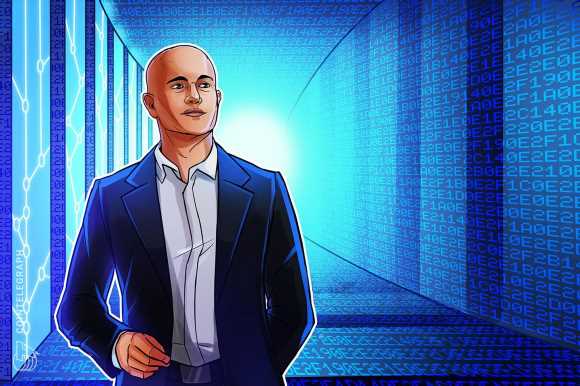Coinbase CEO warns against AI regulation, calls for decentralization
Brian Armstrong, the CEO of crypto exchange Coinbase, expressed his stance on artificial intelligence (AI) regulation in a recent post on the social media platform X (formerly Twitter).
On Sept. 23, Armstrong explained that he believes that AI should not be regulated. According to the Coinbase CEO, the AI space needs to develop as soon as possible because of reasons such as national security. In addition, Armstrong also noted that despite the best intentions of regulators, regulation “has unintended consequences,” arguing that it kills innovation and competition.
The Coinbase executive cited the internet as an example. Armstrong believes there was a “golden age of innovation” on the internet and software because it was not regulated. The Coinbase CEO suggested the same should be applied to AI technology.
Furthermore, Armstrong also presented an alternative to regulation in terms of protecting the AI space. According to the executive, it would be better to “decentralize it and open source it to let the cat out of the bag.”
Related: Tether acquires stake in Bitcoin miner Northern Data, hinting at AI collaboration
Meanwhile, various jurisdictions across the globe have either started to regulate AI or express concerns about its potential effects. On Aug. 15, China’s provisional guidelines for AI activity and management came into effect. The regulations were published on July 10 and were a joint effort between six of the country’s government agencies. This is the first set of AI rules implemented within the country amid the recent AI boom.
In the United Kingdom, the competition regulator studied AI in order to identify its potential impact on competition and consumers. On Sept. 18, the U.K.’s Competition and Markets Authority concluded that while AI has the potential to change people’s work and lives, the changes may happen too fast and could have a significant impact on competition.
Magazine: ‘AI has killed the industry’: EasyTranslate boss on adapting to change
Source: Read Full Article


